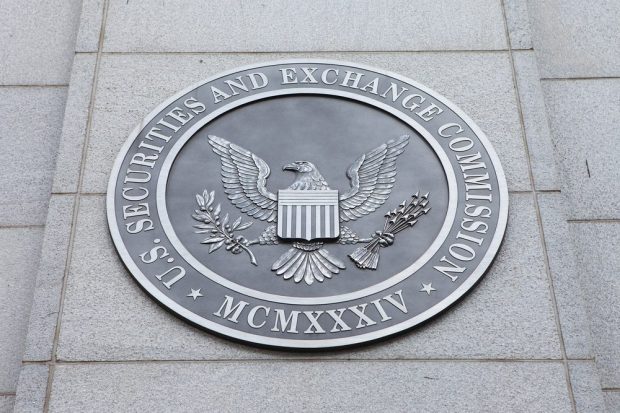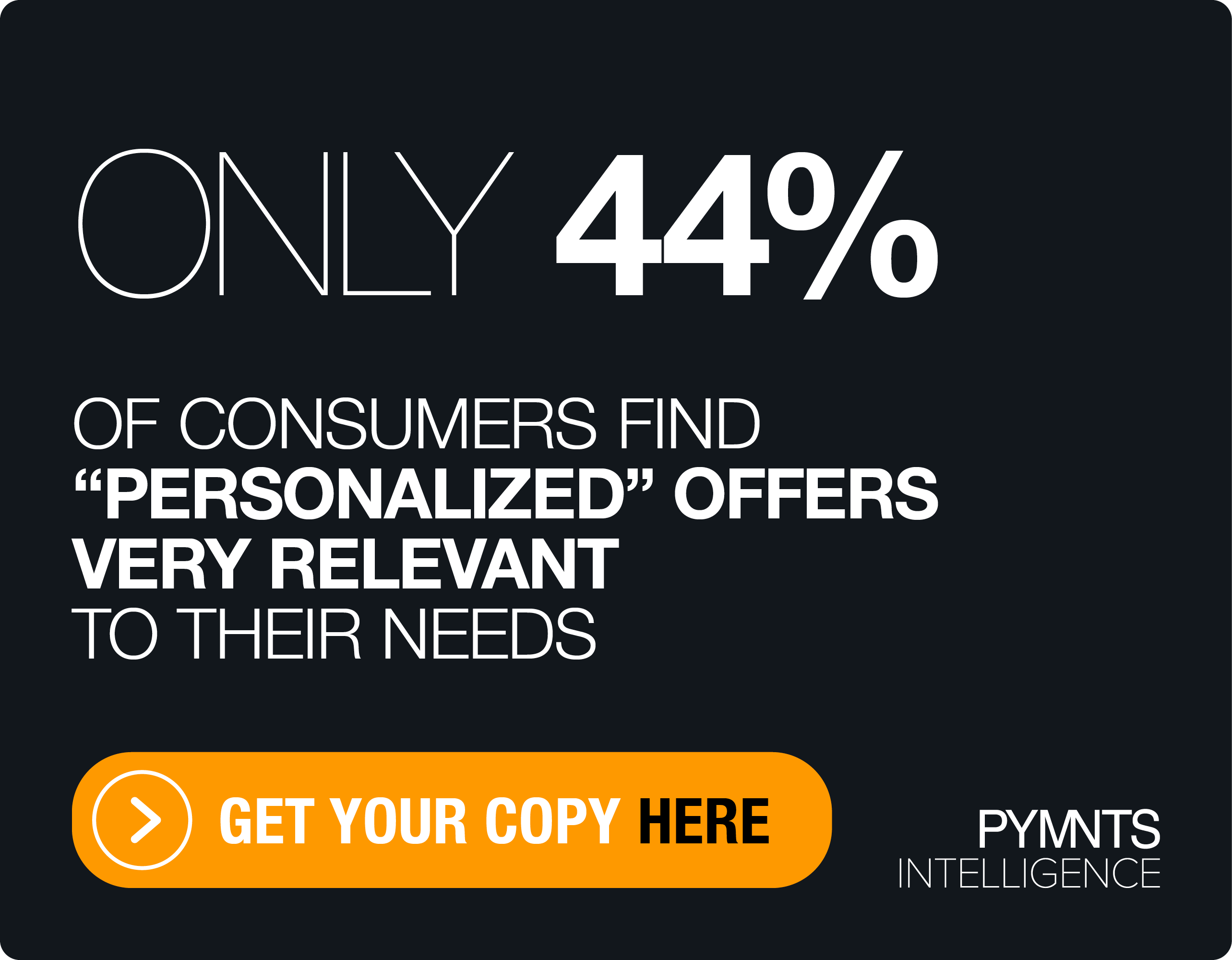SVB Collapse May Be the Final Nail in Boxed’s Coffin

Boxed may file for bankruptcy as the SVB collapse exacerbates existing economic challenges.
The bulk eCommerce grocer and retailer (which also has a software and services arm) stated in a recent 8-K filing with the United States Securities and Exchange Commission (SEC) that it is looking into “the potential filing of a petition for relief under the United States Bankruptcy Code,” as well as “soliciting proposals for the sale of all or substantially all of its assets.”
That Boxed has been facing challenges is not in and of itself news. At the start of this year, the company announced that its board and advisors were exploring the possibility of selling the company and looking into new ways to access additional capital. However, for a moment, the eGrocer’s prospects were looking better, having shortly thereafter secured $20 million of new financing.
Now, however, the fall of Silicon Valley Bank (SVB), in which Boxed “held the majority of its cash deposits and other liquid instruments,” per the 8-K filing, has made matters worse, turning the tide against the eGrocer once more.
Plus, Boxed is not the only online grocer bowing under the current economic pressures. Ultrafast grocery delivery firm Food Rocket, backed by convenience retail giant Couche-Tard, recently shut down, having burned through its funding and finding itself unable to bring in additional capital.
These moves come as direct-to-consumer (D2C) delivery businesses struggle to make the economics of the model work. Take, for instance, meal kit and heat-and-eat meal companies, which demand costly shipments of chilled and frozen foods in addition to the typical expenses related to home delivery.
Blue Apron, for instance, announced in December that it was laying off about 10% of its corporate staff. Earlier this year, HelloFresh pulled out of Japan less than a year after entering the country. Prepared meal subscription company Freshly stated around the same time that it was halting D2C meal deliveries in the face of mounting economic pressures.
“Some of the meal kit services have shut down, some of them have decided to fold. … It’s very expensive [for them] to acquire a customer, and it’s very expensive to ship the frozen box to each and every customer,” Ragoth Bala, co-founder of D2C meal kit subscription company The Cumin Club told PYMNTS in an interview.
Overall, the online grocery space has grown significantly in recent years, but not enough to catch up to other eCommerce categories. PYMNTS’ study The ConnectedEconomy™ Monthly Report: Digitally Divided — Work, Health and the Income Gap, which draws from a January survey of a census-balanced panel of more than 2,700 U.S. consumers, finds that 51% engage with restaurants via digital channels and 46% make purchases from non-grocery retailers digitally, while only 37% do the same with grocers.
Adoption is, however, on the rise. Data from PYMNTS’ study “Changes in Grocery Shopping Habits and Perception,” which drew from a December survey of more than 2,400 U.S. consumers, found that 7% of consumers shop for groceries exclusively via eCommerce channels, a 36-fold increase since before the pandemic.

